
Canine distemper virus is a disease that poses significant harm to both wildlife and domestic animals. The virus can cause mortality in many cases and is highly adaptable, meaning it can spread to many different animals.
A wide range of species that come into contact with the disease can be infected by it, including important endangered animals. This makes it a difficult disease to control in diverse populations, where it spreads quickly.
Animal control agencies are warning people about the spread of CDV in wildlife due to the potential harm it can cause when transmitted from wild to domestic species. There is a lack of effective vaccines for non-domestic species, meaning there is little they can do for wildlife.
CDV
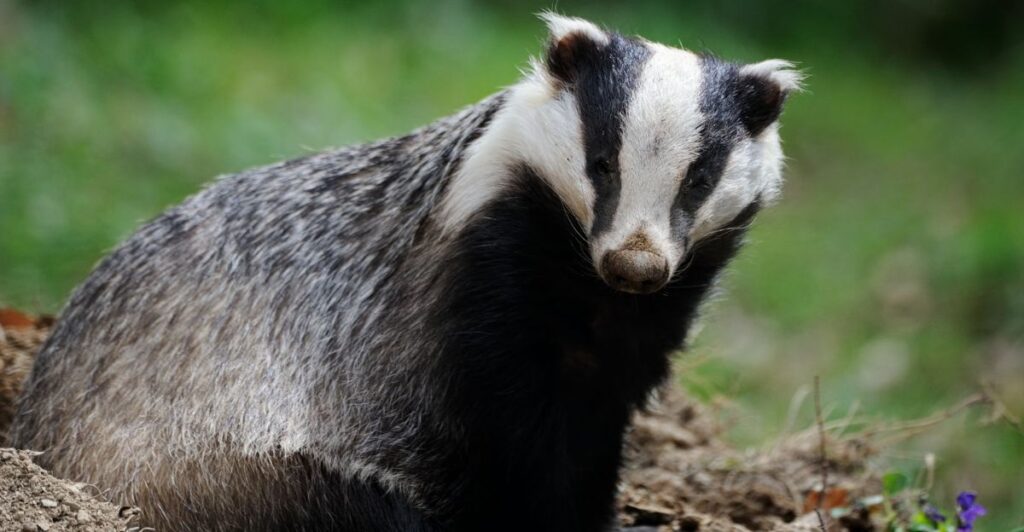
Canine distemper virus in wildlife has only been known for about 100 years, with the first cases reported in silver jackals in South Africa and American badgers in the United States.
One hundred years later, CDV is being found across various wild carnivores, proving that it can spread between different wildlife species. CDV is a difficult virus to control due to how widespread it can be in different populations in diverse ecosystems.
Researchers have found that CDV could be the reason for significant declines in wildlife populations. This emphasizes the need for effective management and conservation strategies in a rapidly changing world. Outbreaks are as high as they have ever been, with a recent trend developing in some American towns.
Recent Outbreaks
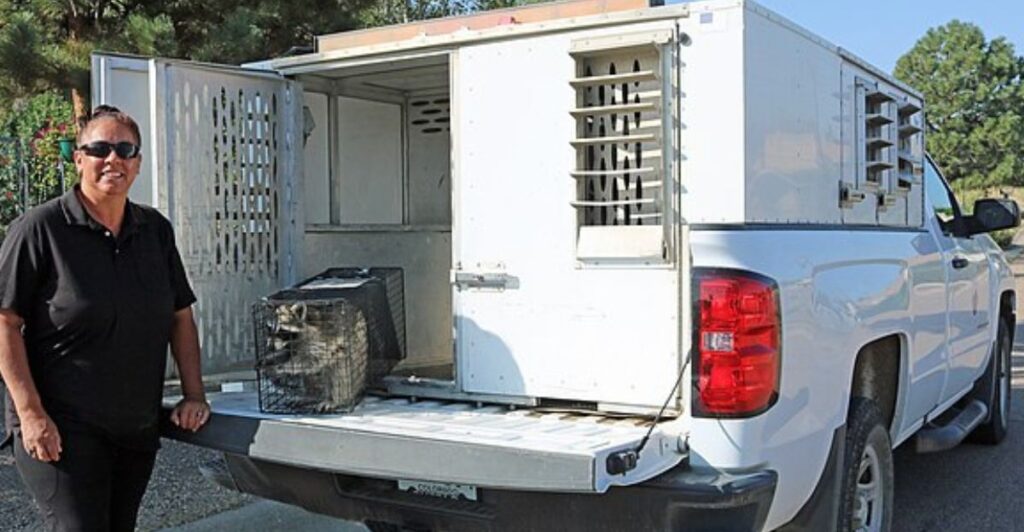
One of the most recent places to be plagued with this outbreak is Watertown, Connecticut. This showcases the ongoing spread of CDV and how preventative measures are failing. A notable species to be on the lookout are raccoons, who often wander into backyards and trash cans looking for food.
The only thing that animal control can do is urge residents to avoid wildlife during these outbreaks to prevent it from spreading any further throughout the state. Raccoons in the area have shown symptoms of the virus, including lethargy and no fear of humans.
These symptoms only provide evidence that the virus is still spreading through the state, and could easily jump to other wildlife species, and domestic animals if they come into contact with them. Surveilance methods and control measures are crucial in monitoring the spread of the virus.
Vaccinations Aren’t Effective In Wildlife
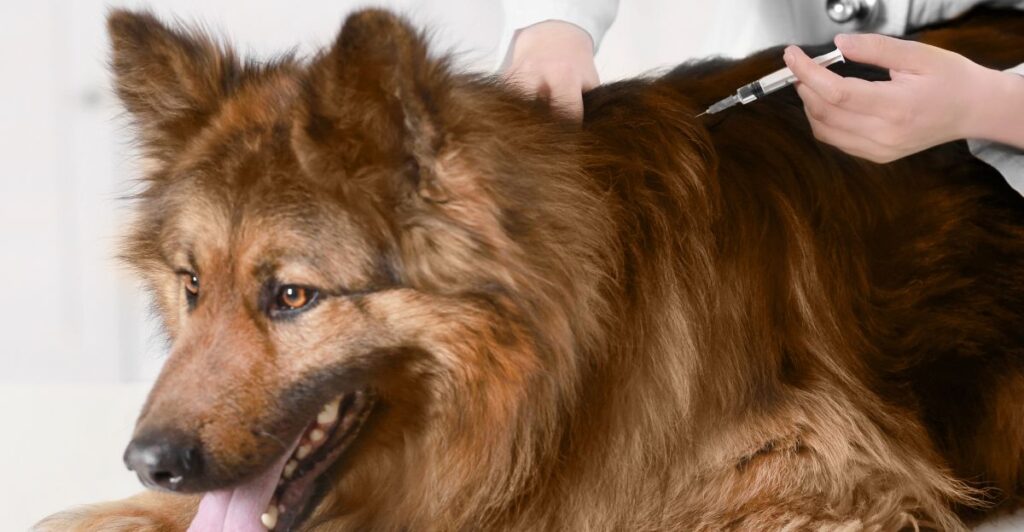
The widespread nature of the virus showcases how difficult it is to manage CDV. The virus’ wide range of different hosts and high mutation rate means that preventative measures can easily fail when an outbreak spreads throughout natural populations.
With no safe and effective vaccine to treat wildlife, the spread is only further intensified with no effective proactive approach. Even the vaccination of domestic animals, such as dogs, alone has been insufficient to stop the spread of CDV in wildlife populations, as the virus normally spreads from wildlife to domestic animals and not the other way around.
To make things even more complex, CDV can stay in the environment for extended periods of time, ready to infect animals all over again.
Environmental Factors

Researchers have studied CDV and found that certain environmental factors can predict a CDV infection risk in carnivores. These factors include surface imperviousness, precipitation, and age classes.
Teaching these factors to wildlife surveyors could potentially give ample warning to a potential outbreak, and reactive measures can be taken, such as warning residents to avoid wildlife.
Animal control could also be on the lookout for wildlife wandering into built-up and urban areas, as their fear of human activities is turned off. If they were allowed into suburban areas, domestic animals that haven’t been vaccinated would be at risk. Once domestic animals are affected by the virus, the entire neighborhood could become infected if it is not noticed in time.
Impact On African Wild Dogs
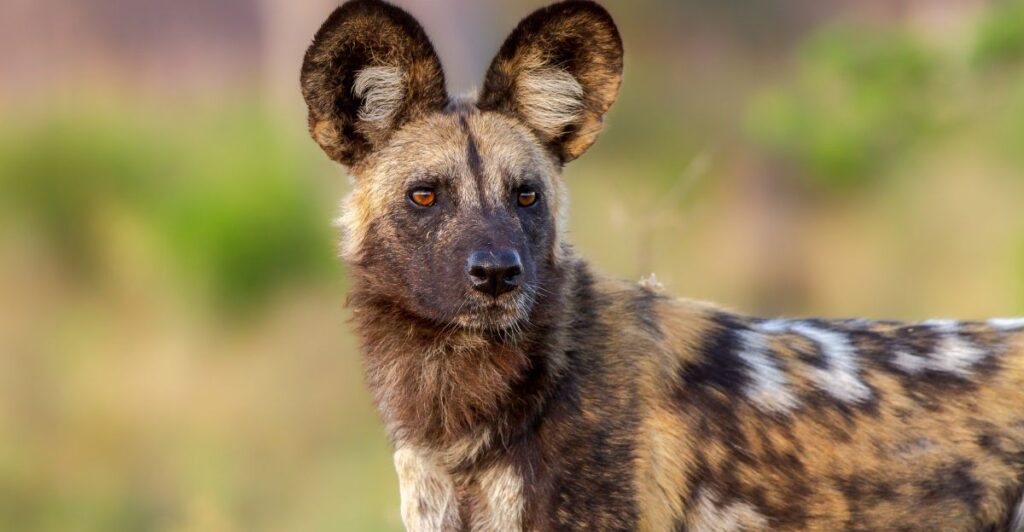
While CDV has been studied in many different populations and areas, one of the most notable examples of its impact was an outbreak on captive breeding programs for African wild dogs in Tanzania.
This conservation program was in shambles after the effects of CDV, with nearly all of the animals dying even after vaccination efforts. This case could be a reminder of how easily the virus can spread and could be harmful to endangered species in captive breeding programs like many wolf populations in the United States.
A comprehensive vaccine should be established to be able to vaccinate non-domestic animals, but currently, there is nothing of the sort.
Cross-Species Transmission

The virus is perfectly adapted to its environment, lying in the wait to spread to animals even without hosts. Once established in an animal population, it easily spreads through carnivores and poses a significant risk to the biodiversity of the ecosystem.
Researchers have found that leopards can catch the virus from domestic dogs and other wild carnivores, showing how complex the spread of CDV actually is. New and surprising information is being found by recent studies, such as how it behaves in different environments and what species it can spread to.
A vaccine is difficult to develop for a multi-species virus that quickly jumps between populations. These dynamics must be further researched and better understood to develop effective strategies against the virus that will account for interactions between wildlife and domestic animals.
Public Awareness

Animal control warnings, such as the one in Watertown, are one of the most effective strategies to mitigate the spread of CDV. As public awareness around the virus spreads, the risks associated with interacting with wild animals and domestic pets that exhibit symptoms are fully known.
Pet owners will also be aware of the vaccine and should responsibly vaccinate their animal. Public engagement is an underutilized tool that can help prevent the spread of CDV by minimizing contact between domestic pets and wildlife.
Additionally, residents who can correctly identify CDV symptoms in wild animals can be crucial in detecting an outbreak early. Reporting sick animals can enhance surveillance efforts.
Future Directions
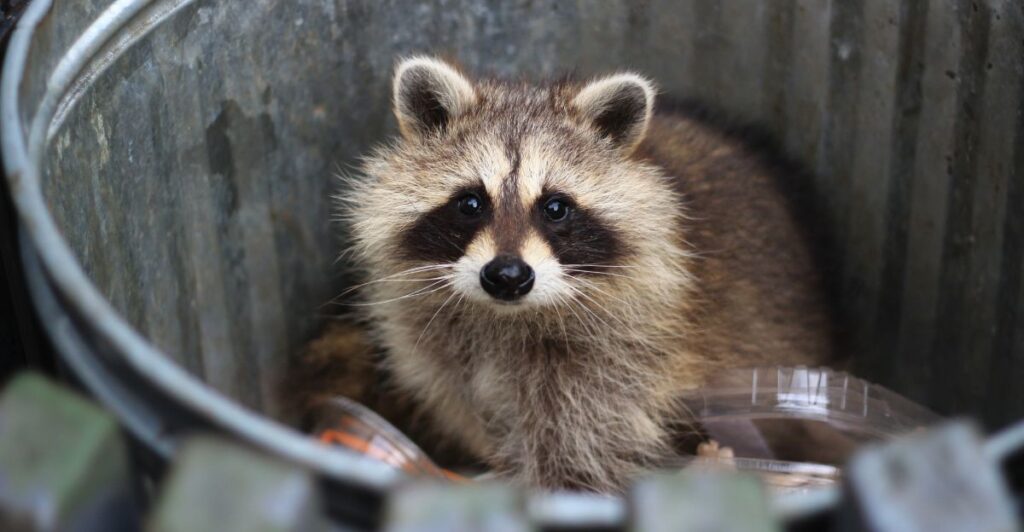
CDV has been plaguing animal populations in Tanzania, the United States, and other countries. The disease not only decimates wildlife populations but also conservation efforts.
It has been known for nearly 100 years, and a proactive approach to combating it is crucial in keeping damage to a minimum. Future efforts should focus on developing an effective vaccine for non-domestic species and having better warning systems in high-risk areas.
New, innovative approaches can be take
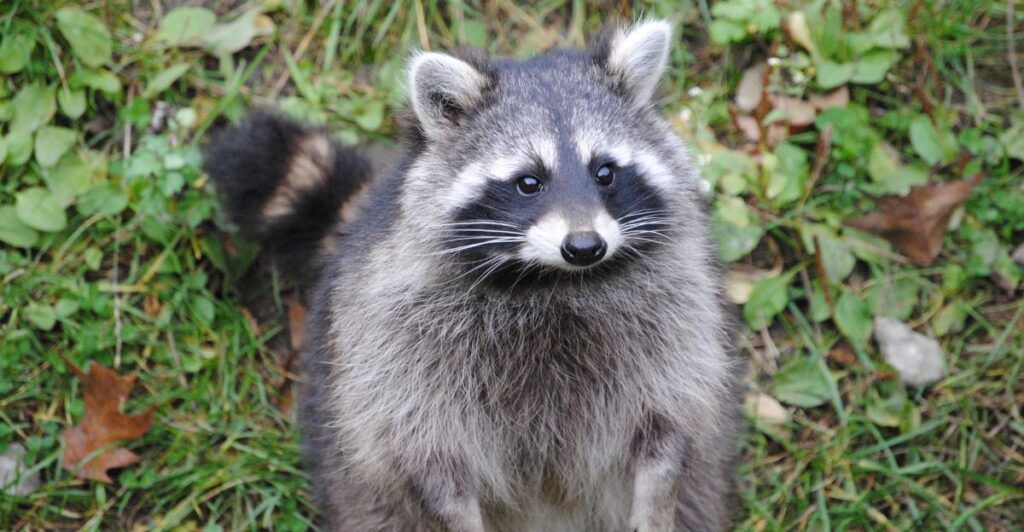
The spread of CDV in both domestic animals and wildlife proves the need for more comprehensive measures in disease management. The need to prioritize not just domestic pets but also wild animal vaccines would dramatically impact the spread of CDV.
Future research could finally understand the environmental and biological factors that influence CDV and its effective contagiousness. This would go a long way to protect both domestic animals and endangered wildlife and ultimately the health of the ecosystem.
Factors such as public awareness, vigilant monitoring, and ongoing research all play a role in mitigating its spread and are the only things keeping it from going out of control currently.
Explore more of our trending stories and hit Follow to keep them coming to your feed!

Don’t miss out on more stories like this! Hit the Follow button at the top of this article to stay updated with the latest news. Share your thoughts in the comments—we’d love to hear from you!







